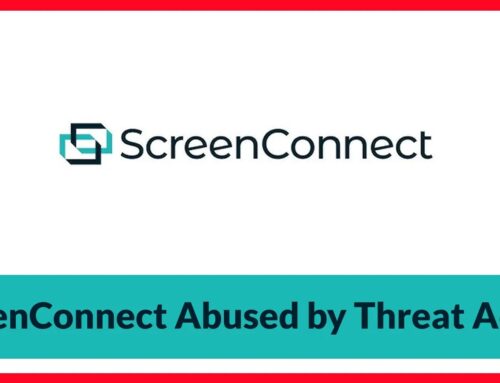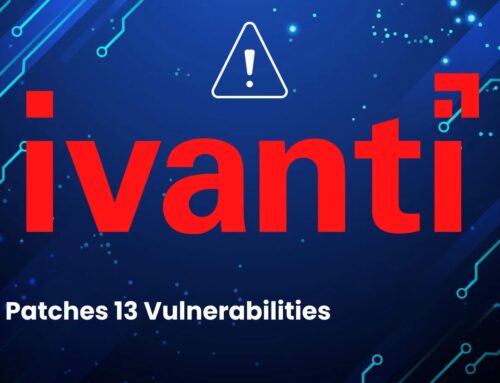
AI-Powered Code Editor Cursor IDE Vulnerability Enables Remote Code Without User Interaction
The Silent Threat: Cursor IDE’s CurXecute Vulnerability Exposes Developer Machines
The pace of software development demands efficiency, and AI-powered code editors like Cursor IDE have become indispensable tools for many developers. Yet, the very technologies simplifying our workflows can introduce critical security risks. A recent discovery, dubbed “CurXecute,” highlights this precarious balance, revealing a severe vulnerability in Cursor IDE that allowed attackers to execute arbitrary code on developer machines without any user interaction.
This incident serves as a stark reminder that even trusted development environments are not immune to sophisticated threats. Understanding the nature of such vulnerabilities is paramount for cybersecurity professionals, IT teams, and developers alike to safeguard their systems and data.
Understanding CurXecute: A Deep Dive into CVE-2025-554135
The “CurXecute” vulnerability, officially tracked as CVE-2025-554135, carried a high severity score of 8.6, underscoring its potential for widespread damage. What made this particular flaw so alarming was its ability to enable remote code execution (RCE) without requiring any form of user interaction. In a typical attack scenario, a developer might unknowingly open a malicious file or click a deceptive link. However, CurXecute bypassed these typical prerequisites, making it significantly more dangerous.
This vulnerability affected all versions of Cursor IDE prior to 1.3. Successful exploitation could have allowed an attacker to gain a foothold on a developer’s machine, potentially leading to:
- Malware installation
- Data theft, including proprietary code and sensitive credentials
- Lateral movement within a connected network
- Establishment of persistent backdoor access
The rapid and quiet nature of this RCE vulnerability made it a particularly potent threat, as developers could have been compromised without any indication of suspicious activity.
The Mechanics of a “No User Interaction” Exploit
Exploits that require no user interaction are among the most sophisticated and challenging to defend against. For CurXecute, the specific vector has not been fully detailed in public disclosures, but such vulnerabilities often stem from:
- Improper handling of external resources: The IDE might automatically process or render content (e.g., specific file types, network streams) without sufficient validation.
- Serialization/Deserialization flaws: Vulnerabilities where untrusted data can manipulate the program’s execution flow during object reconstruction.
- Protocol handling weaknesses: Issues within how the IDE interprets or responds to custom URI schemes or internal communication protocols.
Regardless of the underlying technical mechanism, the core takeaway is that a malicious actor could trigger code execution simply by sending a specially crafted input to the vulnerable Cursor IDE instance, without requiring the developer to click, open, or otherwise engage.
Responsible Disclosure and Patching Efforts
Fortunately, the CurXecute vulnerability was responsibly disclosed to Cursor IDE developers, allowing them to address the issue before widespread exploitation. The vulnerability has been successfully patched, and all users are strongly urged to update their Cursor IDE installations to version 1.3 or newer immediately. This swift action highlights the critical importance of coordinated vulnerability disclosure programs in the broader cybersecurity ecosystem.
Remediation Actions for Cursor IDE Users
If you are a Cursor IDE user, immediate action is required to protect your development environment and associated projects:
- Update Immediately: Ensure your Cursor IDE is updated to version 1.3 or higher. This is the most crucial step to mitigate the CurXecute vulnerability. Check for updates within the IDE or download the latest version from the official Cursor IDE website.
- Verify Installation: After updating, confirm that the update was successful and that you are running a patched version.
- Perform Security Scans: Conduct thorough antivirus and anti-malware scans on any machines that previously ran vulnerable versions of Cursor IDE. This is especially important if your system was exposed before the patch was applied.
- Review Network Activity: Monitor your network for unusual outbound connections from developer workstations.
- Implement Least Privilege: Ensure developers operate with the principle of least privilege, limiting the potential damage an RCE could inflict.
- Regular Backups: Maintain regular, secure backups of all critical development data and system configurations.
Tools for Vulnerability Detection and System Hardening
Proactive security measures and the right tools can significantly reduce exposure to vulnerabilities like CurXecute.
| Tool Name | Purpose | Link |
|---|---|---|
| Updater/Package Manager | Ensure all software, including IDEs, is up-to-date. | (OS-specific: e.g., Homebrew, Chocolatey, apt, yum) |
| Endpoint Detection and Response (EDR) solutions | Monitor and respond to suspicious activities on developer machines. | (Various commercial and open-source options) |
| Vulnerability Scanners (e.g., Nessus, OpenVAS) | Identify known vulnerabilities in software and configurations. | Nessus / OpenVAS |
| Network Intrusion Detection Systems (NIDS) | Detect anomalous network traffic indicative of compromise. | Snort / Suricata |
| Antivirus/Anti-malware Software | Detect and remove malicious software. | (Various commercial and open-source options) |
Looking Ahead: Securing the AI-Powered Development Ecosystem
The CurXecute vulnerability underscores a critical lesson for the rapidly evolving landscape of AI-powered development tools. While these tools offer undeniable productivity benefits, they also introduce new attack surfaces. Developers and organizations must adopt a security-first mindset, prioritizing regular updates, comprehensive security audits, and continuous monitoring of their development environments.
The incident reaffirms the importance of prompt patching and responsible disclosure. For users, the message is clear: maintaining updated software, particularly for integral development tools, is not merely a best practice—it is a fundamental security imperative. Vigilance remains the strongest defense against emerging threats in our interconnected digital world.





